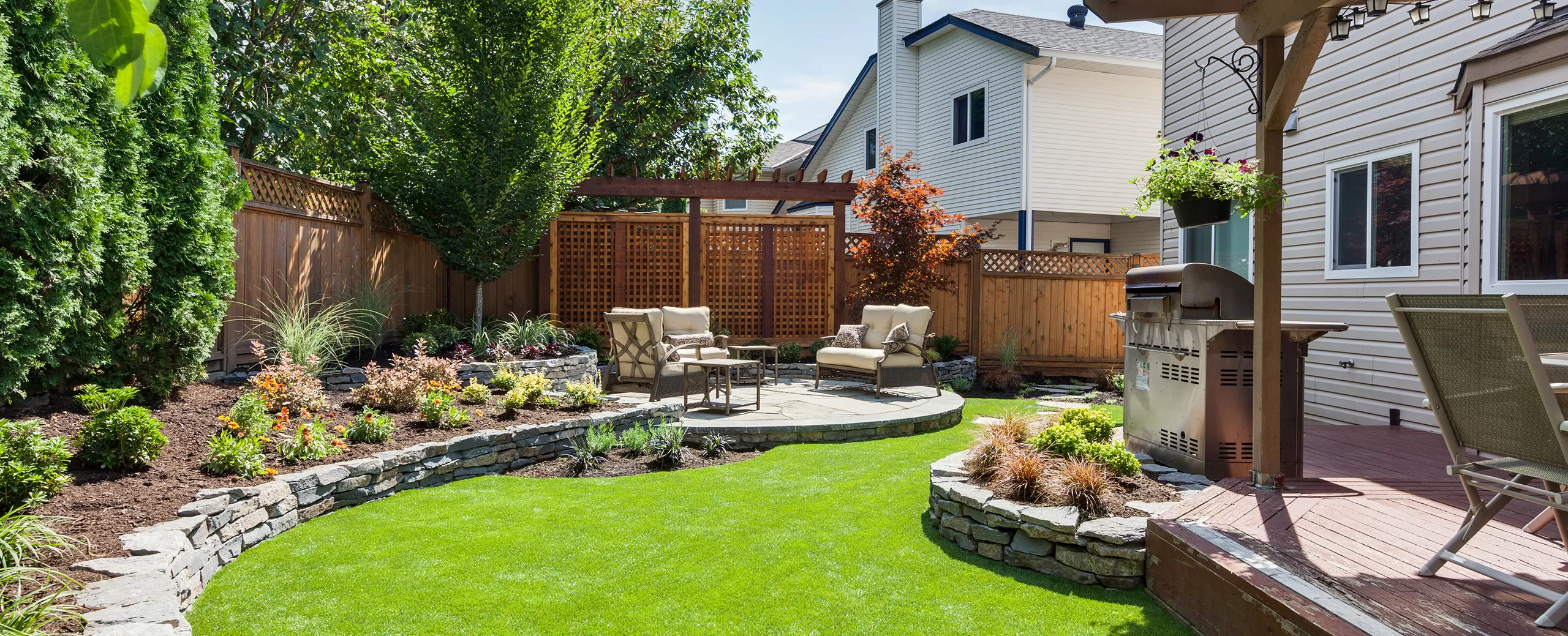Creating an appealing and functional landscape design involves several key considerations. Here are some steps and tips to help you with landscape design:
- Site Analysis:
- Begin by conducting a thorough analysis of the site. Consider factors such as climate, soil type, sunlight exposure, existing vegetation, and topography. Understanding these elements will inform your design decisions.
- Define Purpose and Goals:
- Clearly define the purpose and goals of your landscape. Are you aiming for a relaxing garden space, an entertaining area, or a low-maintenance design? Understanding your objectives will guide the design process.
- Create a Base Plan:
- Develop a base plan that includes existing elements such as buildings, trees, and utilities. This plan will serve as the foundation for your design. You can use graph paper or specialized design software for accuracy.
- Zoning and Functionality:
- Divide the outdoor space into functional zones based on your defined goals. Common zones include entertaining areas, play spaces, garden beds, and utility zones. Ensure that each zone serves a purpose and is easily accessible.
- Plant Selection:
- Choose plants that thrive in your climate and soil conditions. Consider factors like size, color, texture, and seasonal interest. Group plants based on their water and sunlight requirements to simplify maintenance.
- Hardscape Elements:
- Integrate hardscape elements such as paths, patios, decks, and structures. These elements add structure and functionality to the landscape. Choose materials that complement the overall design and aesthetic.
- Balance and Symmetry:
- Strive for balance and symmetry in your design. This doesn’t necessarily mean a perfectly symmetrical layout, but rather a sense of visual balance. Distribute elements evenly to create a harmonious look.
- Focal Points:
- Identify focal points in your landscape, such as a striking tree, sculpture, or water feature. Focal points draw attention and add interest to the design. They can serve as anchors for the overall layout.
- Color and Texture:
- Use a well-thought-out color scheme that complements your home and surroundings. Consider the texture of plants and hardscape elements to add depth and visual interest.
- Consider Maintenance:
- Factor in the maintenance requirements of your chosen plants and materials. If low maintenance is a priority, opt for plants that are well-suited to your climate and require minimal care.
- Sustainability:
- Consider sustainable practices in your landscape design. Choose native plants, incorporate water-saving irrigation systems, and use eco-friendly materials when possible.
- Lighting:
- Plan for outdoor lighting to extend the usability of your outdoor space into the evening. This can enhance safety, highlight key features, and create a welcoming ambiance.
- Review and Revise:
- Take the time to review your design periodically and make revisions as needed. Consider how the landscape will evolve over time and make adjustments accordingly.
- Professional Assistance:
- If needed, consider consulting with a professional landscape designer or architect. They can provide valuable insights, especially for complex projects.
Remember that landscape design is a creative process, and there are no strict rules. Experiment with different ideas, and don’t be afraid to evolve your design over time based on how the landscape matures and your preferences change.
